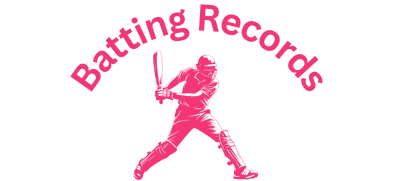Modern life is built on speed. Deadlines, instant communication, and the pressure to always be productive push people to move faster and take on more. Yet, a counter-movement has been gaining attention: the slow life. At its core, this approach values deliberate choices, steady pacing, and doing less to accomplish more. Much like a round of lightning roulette live, the idea is that slowing down doesn’t mean losing momentum—it means being more intentional about when and how you engage.
Why Speed Became the Default
For decades, cultural norms have equated busyness with success. Long hours, packed schedules, and rapid responses became measures of dedication and ambition. Technology reinforced this cycle, making it possible to stay connected at all times.
The result is constant motion. But constant motion is not the same as progress. Many people end up exhausted, spread thin across commitments, with little time to reflect on whether their pace is sustainable.
The Logic of Slowing Down
The slow life is not about rejecting productivity. It’s about questioning the belief that faster is always better. Slowing down creates room to notice patterns, think clearly, and make decisions with more accuracy.
For example, rushing through tasks may produce volume but often leads to mistakes or shallow outcomes. A slower, more focused approach often results in fewer tasks completed but with greater impact.
Attention as a Limited Resource
One reason slowing down works is that human attention is finite. Trying to juggle too many activities at once divides focus and lowers quality. Doing less means attention can be directed fully toward what matters most.
This shift also reduces cognitive overload. When the brain isn’t constantly switching between tasks, it can engage more deeply with each one. Over time, this builds skill, efficiency, and satisfaction.
The Role of Rest and Recovery
Slowing down also acknowledges the need for rest. Constant work without breaks leads to burnout, which undermines productivity. Rest allows the body and mind to recover, preparing them for more effective effort later.
This is not indulgence; it is strategy. Athletes, for example, recognize recovery as essential for peak performance. The same principle applies to work and everyday life.
Choosing What to Do—and What Not to Do
The slow life requires choices. Doing less means saying no to some commitments. This can be difficult in cultures that reward busyness. But each “no” creates space for a stronger “yes” to what matters most.
Deciding what to drop is as important as deciding what to keep. By narrowing focus, energy can be directed where it has the greatest effect.
Practical Ways to Slow Down
Living slowly does not require dramatic changes. Small adjustments build the foundation:
- Single-tasking. Work on one task at a time instead of multitasking.
- Deliberate pauses. Take breaks to reset rather than pushing through fatigue.
- Simplified mornings. Reduce decisions at the start of the day to begin with clarity.
- Shorter lists. Identify the top one or two priorities instead of filling a page with tasks.
These steps reduce noise and make routines more sustainable.
The Broader Impact
The slow life is not just personal. Organizations and communities also benefit when speed is balanced with reflection. Teams that avoid rushing often make better long-term decisions. Families that slow down create more meaningful time together.
Even in economies built on growth, there is recognition that endless acceleration is not sustainable. Slower approaches to consumption, work, and living can contribute to stability rather than burnout.
Doing Less to Achieve More
The paradox of the slow life is that by doing less, we often achieve more. This doesn’t mean results appear instantly. It means that progress becomes steadier and more aligned with priorities.
Slowing down shifts the measure of success. Instead of asking how much was done in a day, the question becomes whether the right things were done, and whether they were done with care.
Final Thoughts
The rise of the slow life reflects a growing recognition that speed alone doesn’t equal success. In a world that celebrates doing more, choosing to do less—deliberately and consistently—can create better results. It offers balance, clarity, and resilience. The message is simple: slowing down isn’t about giving up; it’s about moving forward with focus.



